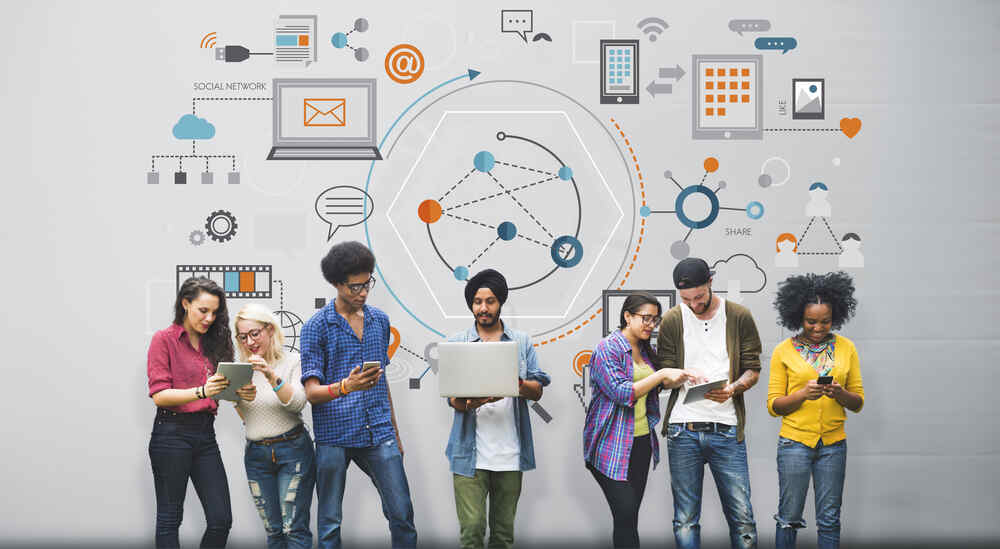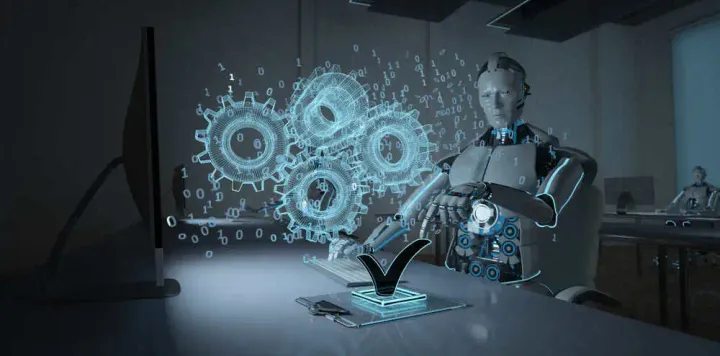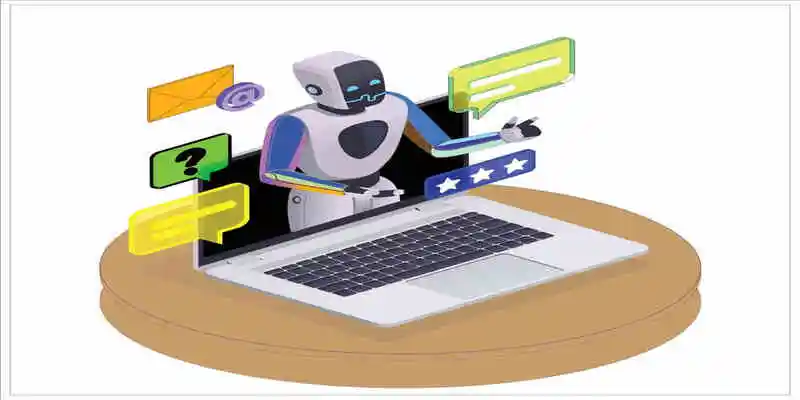5 Reasons Students Need Technology in Education
Discover the indispensable role of technology in the classroom to innovate the educational department. From fostering collaboration and critical thinking to preparing for the digital age, explore the top 5 reasons why students need technology to thrive in today's educational landscape.

In the age of digital progress, technology has become an integral facet of our very being, profoundly reshaping the way we communicate, labor, and attain wisdom. Integrating technology within educational domains has incited a paradigm shift in knowledge acquisition, bestowing students unparalleled opportunities for collaboration, captivation, and tailored pedagogy.
This article explores five compelling rationales elucidating the indispensability of technology in the classroom, accentuating its profound influence on academic achievements and the cultivation of vital skills necessary to confront the complexities of the 21st century.

Enhancing Engagement and Motivation
Incorporating technology into the classroom environment can significantly enhance student engagement and motivation. Traditional teaching methods often need help to captivate the attention of today's digital-native learners. By leveraging technology tools, such as interactive whiteboards, educational apps, and multimedia resources, educators can create dynamic and immersive learning experiences. For instance, interactive lessons, videos, and educational games can make complex concepts more accessible and engaging, fostering a deeper understanding and enthusiasm for the subject matter.
Moreover, technology facilitates personalized educational encounters catering to each student's interests and preferences. Digital platforms and software provide interactive and adaptable materials, empowering students to delve into subjects at their preferred tempo and through methodologies that align with their distinct cognitive inclinations. Technology fosters a profound sense of ownership and self-assurance among students by customizing the educational journey to suit their requirements, augmenting their involvement and enthusiasm for acquiring knowledge.

Promoting Collaborative Learning
Collaboration is an imperative aptitude in the contemporary global landscape, and technology seamlessly facilitates student communication and cooperation. Cutting-edge digital platforms, exemplified by Google Docs, allow students to engage in real-time collaborative endeavors, thereby nurturing teamwork and facilitating the unfettered exchange of ideas. Students can collectively undertake assignments using shared documents, proffer constructive feedback to their peers, and collaboratively undertake research ventures.
Moreover, technology enables remote collaboration, breaking geographical barriers and promoting cross-cultural understanding. Students from different regions or countries can connect virtually, engage in joint projects, and learn from diverse perspectives. By integrating technology, students can develop essential skills, such as effective communication, teamwork, and problem-solving, vital for future workforce success.
Enabling Personalized Learning
Every student has unique learning needs and preferences, and technology empowers educators to provide personalized instruction that caters to individual requirements. Adaptive learning platforms and intelligent tutoring systems use data-driven algorithms to deliver tailored content and activities based on each student's strengths and weaknesses. This personalized approach ensures students receive the necessary support and challenges, maximizing their learning potential.
Technology also allows for differentiated instruction, where educators can provide additional resources, supplementary materials, or alternative assessments to accommodate students with diverse abilities or learning styles. By leveraging technology, teachers can track student progress in real-time, identify areas requiring additional support, and provide timely interventions. This targeted approach to instruction fosters a deeper understanding and engagement with the material, ultimately leading to improved academic performance.

Access to a Wealth of Information
The advent of the internet has unfurled an extensive reservoir of wisdom and enlightenment, bestowing upon students unrestricted entry to an infinite expanse of educational resources. Technology allows students to delve into diverse perspectives, undertake extensive research, and avail themselves of the most recent and cutting-edge information, transcending the confines of conventional textbooks. Online libraries, educational websites, and digital archives proffer great multimedia content comprising videos, articles, and interactive simulations, empowering students to engross themselves in the subject matter more comprehensively and immersivity.
Moreover, technology empowers students to become active participants in their learning. They can seek answers to their questions, delve deeper into topics of interest, and discover new areas of knowledge. By equipping students with digital literacy skills, educators prepare them to navigate and critically evaluate the vast sea of online information. They learn to discern credible sources, verify information, and differentiate between reliable and misleading content, promoting digital citizenship and responsible use of technology.
Developing Digital Literacy and 21st-Century Skills
In today's digitally-driven world, proficiency in technology is not just an advantage but a necessity. Integrating technology in the classroom equips students with essential digital literacy skills and prepares them for the demands of the 21st-century workforce. Students develop competencies in information and communication technologies, problem-solving, creativity, and digital citizenship by utilizing various digital tools and applications.
As an illustration, students acquire the proficiency to proficiently navigate and harness productivity tools encompassing word processors, spreadsheets, and presentation software. This heightens their competence to organize and eloquently present information proficiently.
Development of Skills
Concurrently, they develop media literacy competencies, discerningly deciphering and evaluating diverse manifestations of media comprising images, videos, and social media discourse. Moreover, technology nurtures creativity and ingenuity, endowing students with platforms to fabricate and disseminate their multimedia endeavors, encompassing videos, podcasts, and digital artwork.
When students experience stress in their studies, technology can be immensely beneficial. There are various ways in which technology can assist students in such situations. For instance, they can explore online resources, access educational apps, or even seek assistance from writing services. If you need more time or help with assignments, visit the website https://speedypaper.com/order. This platform provides writing services that can support you in overcoming academic challenges and effectively meeting your deadlines.

Students also gain valuable experience collaborating and communicating through digital platforms by integrating technology into the classroom. They learn to effectively utilize email, online discussion forums, and video conferencing tools, which are increasingly common in professional settings. These skills are transferable to various professional fields, empowering students to adapt to an ever-evolving technological landscape and become lifelong learners.
Conclusion
Education must remain attuned to these advancements in an ever-evolving society shaped by technological progress. Technology integration in educational settings presents many advantages, from heightening student involvement and fostering collaborative learning to facilitating tailored instruction and nurturing indispensable 21st-century proficiencies.
By embracing technology as a precious educational asset, educators can adeptly furnish students with the necessary resources to navigate the intricacies of the modern era, enabling them to thrive within a digitally interconnected society. By harnessing the limitless potential of technology, we can cultivate all-encompassing, inclusive, and forward-looking learning environments that empower students to unleash their full potential and capabilities.



